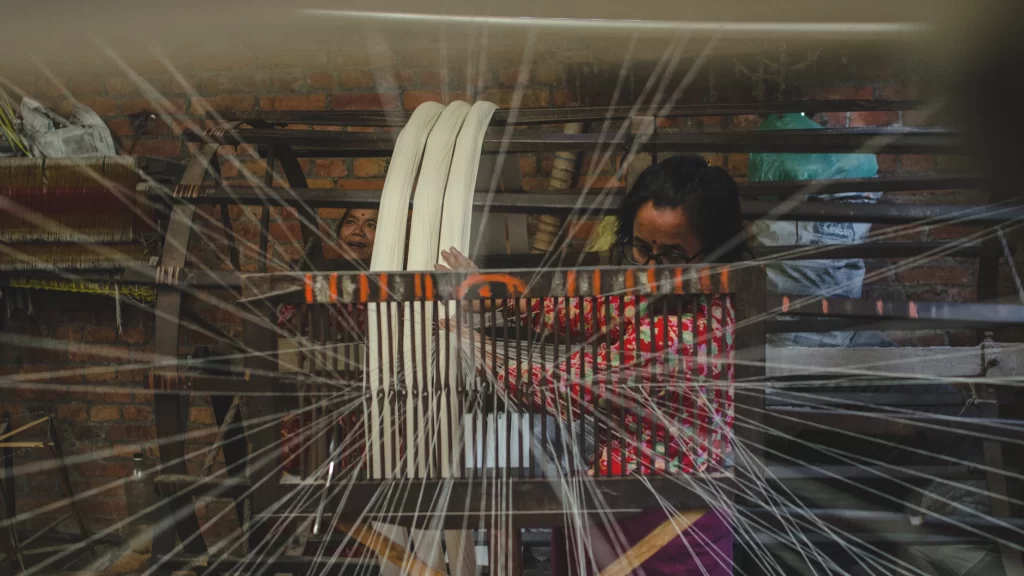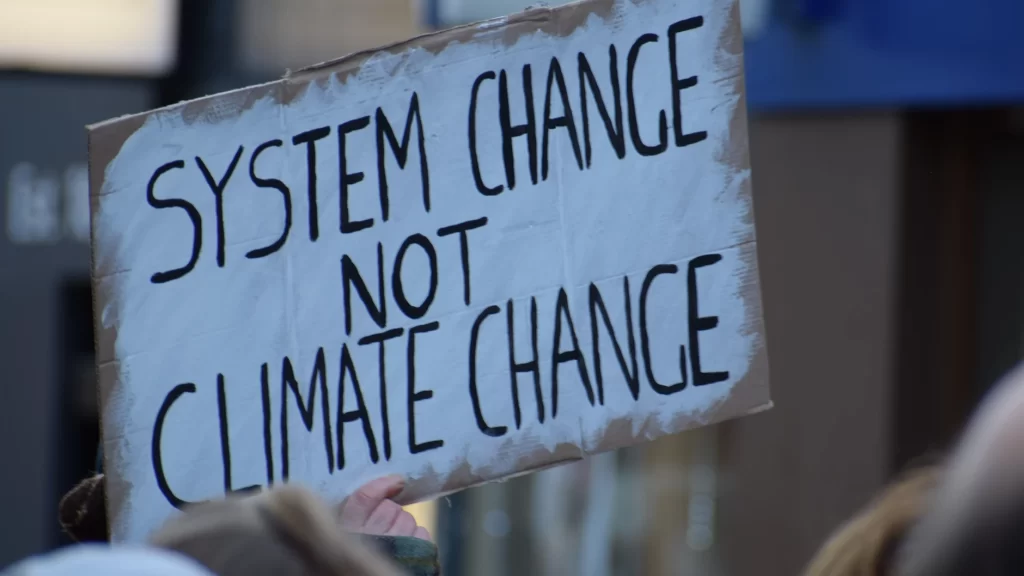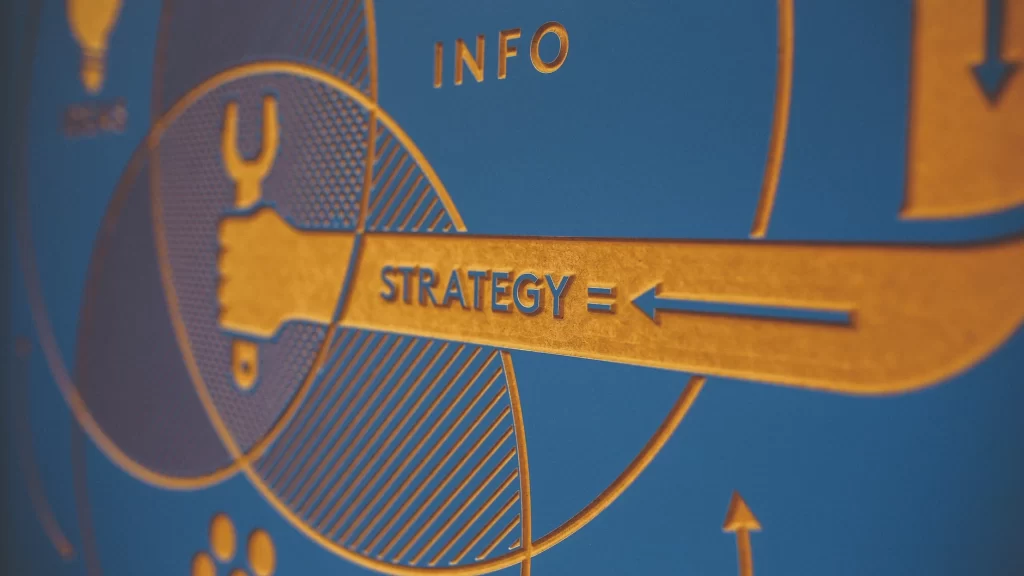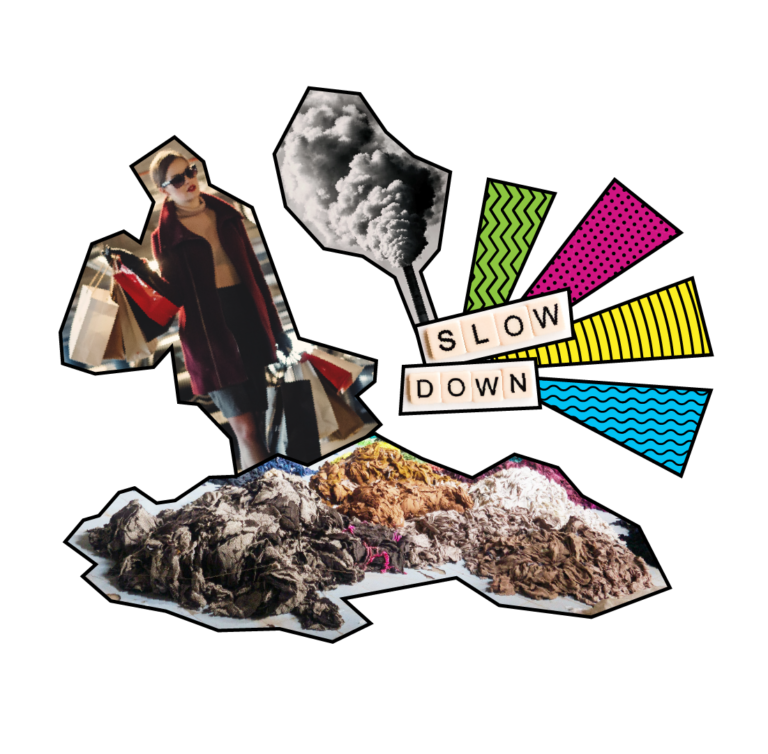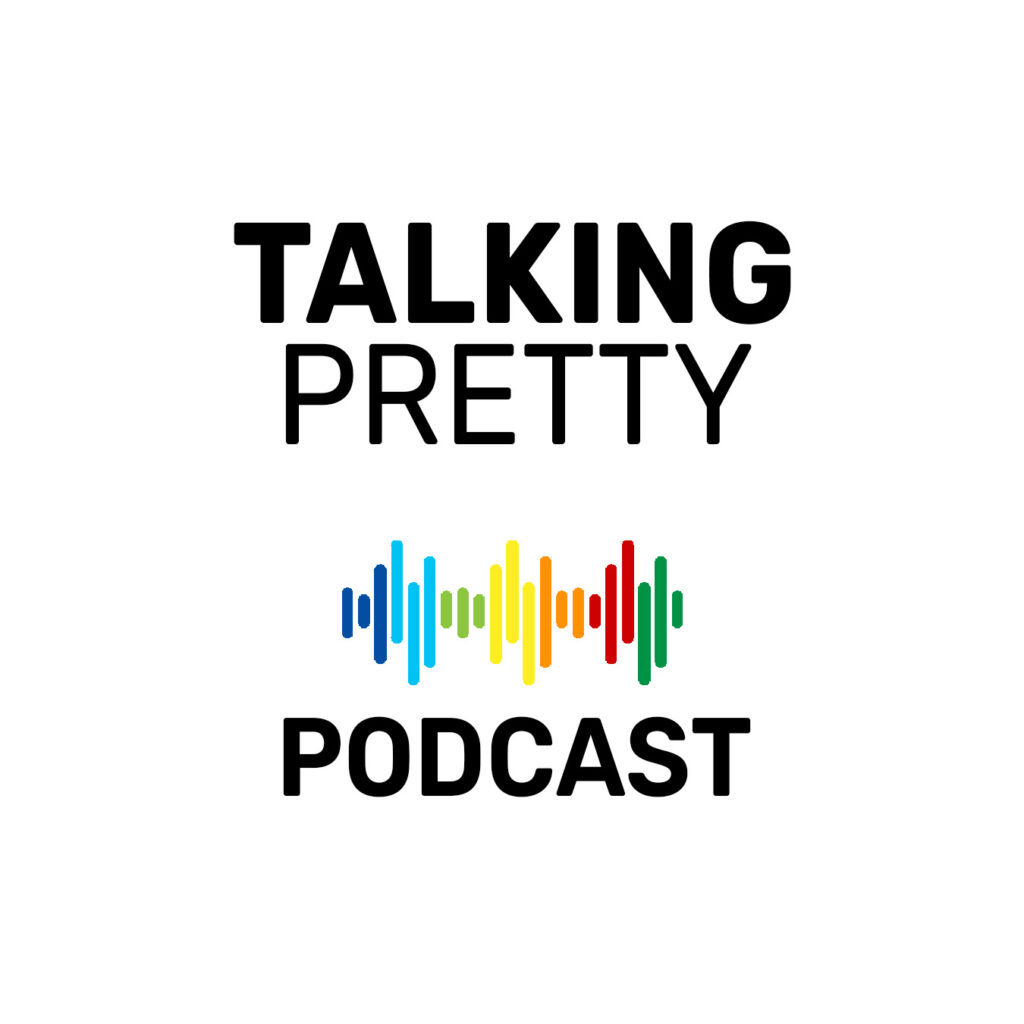“It’s so plain! Why does it cost so much, again?”
“Shouldn’t something that’s locally made be cheaper?”
“But it’s just a T-shirt… I can get the same on Amazon for 300 bucks!”
As the founder of a sustainable apparel brand, Aslee, I get a lot of this one burning question, in a gazillion shapes and forms: Why is sustainable fashion so expensive?
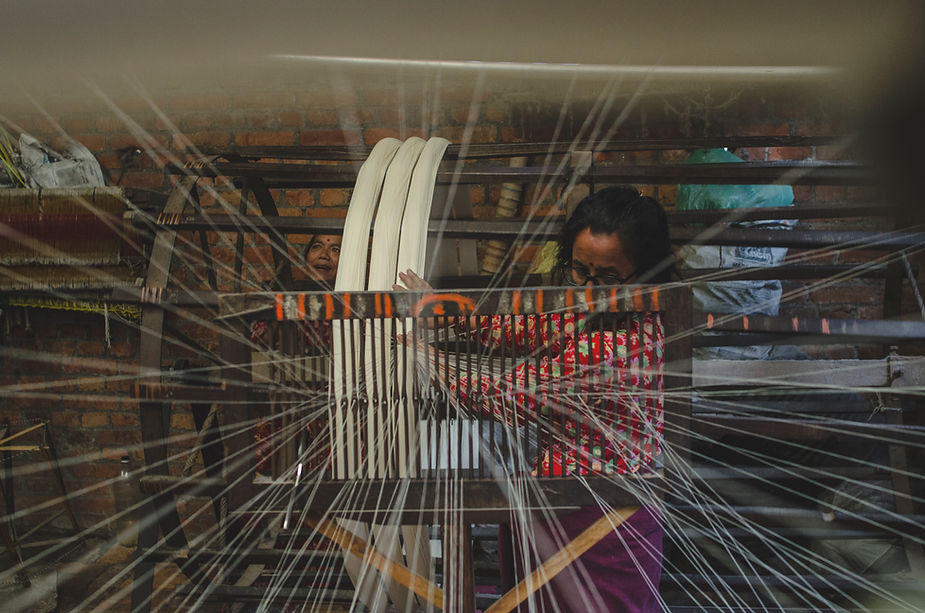
The short answer is, when you make things with care, it costs a lot more.
The longer answer, however, is way more nuanced. There is a lot that goes into making everyday fashion truly ‘sustainable’. What it’s made of. How it’s made. Where it’s made. By who and in what conditions it’s made. What goes into making it, and what is left behind. How it is packed. How it is transported.
All in all, does it really do less harm? Moreover, what good are we doing?
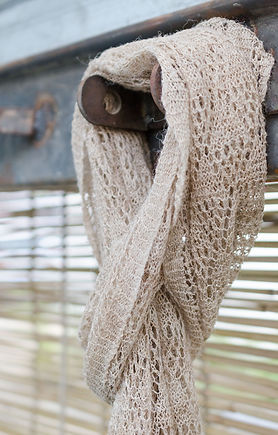
But before we get into all of this, it is important to stop and try to understand the true cost of the things we are buying. Sure, there is a price on that tag, but the true cost of that shirt you’re holding could well be way more than what you believe. More often than not, this is what separates fast fashion from slow fashion.
The everyday consumer is interested in buying things at rates that save them money. But those of us who actually strive to produce sustainably-sourced and ethically-produced products also factor in the costs of fair wages, workers’ rights, the sustainability of materials used, and the emission and waste material left over.
To break it down, here’s what you pay for when you shell out that extra bit for a simple, basic, sustainable, ethically-made T-shirt. This is what makes sustainable fashion expensive.
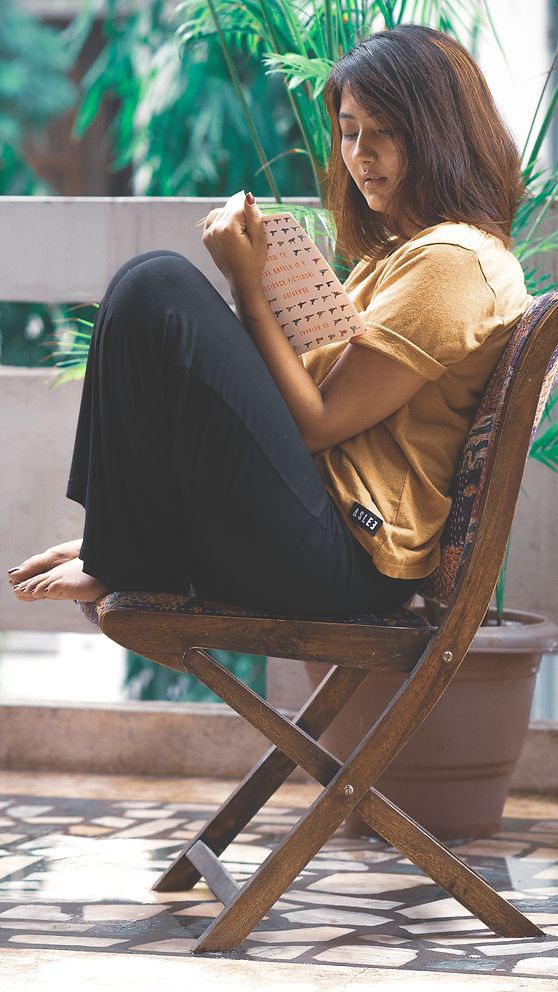
Sustainable Materials
The materials most ethical brands use to create eco-friendly products are farmed in a sustainable way. Without (or with minimal) usage of chemicals. More often than not in small batches. With proper wages being paid to the farmers, weavers, dyers and everyone else involved in the process. At Aslee, one of our highest costs is incurred in making sure we don’t cut corners when it comes to the production and comfort of the fabric.
Living Wages
Every piece of clothing is made by someone in a factory, on a sewing machine. A lot of fast fashion cuts corners here. Employing underpaid labour, in horrific working conditions, with no regard to their wellbeing. Choosing to manufacture products with ethical production standards drives up the costs significantly for sustainable fashion brands, especially the small ones, where fair wages are paid to everyone employed in the process of turning fibre to fabric to garment. The employees are never minor. They are expected to work for a reasonable duration of time in a day, are treated fairly and have access to all basic facilities like clean toilets, areas for breaks and meals, clean drinking water, and first aid. The aim is to ensure nobody is exploited, and the idea of professional and financial growth holds true for all, across the chain.
Low Waste
When it comes to fashion, waste is the worst problem!
When you produce something in small batches, it is to ensure that you are producing premium quality stuff, with minimal wastage. Because that is what ends up in the landfills, where it sits for years and years and years. Also, for most small-scale ethical brands, the economy of scale does not apply because bulk production is not conducive to maintaining ethical production standards. For example, at Aslee, we often get asked why we don’t have a huge variety of products available. And the answer to that is mainly because we’d rather make 10 things really well than make 30 things while cutting corners and going against our core mission.
A Sustainable Supply Chain
One of the costliest challenges in producing sustainable fashion is keeping the carbon footprint of your supply chain as low as possible.
Avoid cheap, plastic packaging. But then how do you keep your inventory safe? By spending on other sustainably-produced alternatives.
Ship smart. Transportation of goods adds to the overall carbon cost of the fashion you see and consume. Often, eco-friendly transportation is both slow and expensive, impacting the whole supply chain. Ethical brands end up spending significantly more on their packaging and handling. They try to source as locally as possible, to reduce the transportation requirements. As a result, they often end up working with limited resources and small batch sizes, driving up the production cost of each piece.
But You Still Get a Bang for Your Buck!
When you shop sustainably, some pretty awesome stuff comes out of it:
You get better, more carefully-curated fabrics.
You pay more and buy less, but in turn, you get more wear from each piece of clothing.
You fairly pay not just the brand, but the entire chain of people who have put their heart and soul into bringing you a product you can cherish for (hopefully) a long while.
You contribute to building local economies and creating jobs where folks don’t feel exploited or unfairly treated.
Now that you know all of this, perhaps it’s time to reconsider your relationship with clothing? Even material possessions in general? Think about the value of things vs what you value. There is an undeniable sense of personal power in making choices that are aimed at putting out good in the world. Finding that choice can feel better than finding any on-trend product at throwaway prices at an end of season sale. Trust me, I’ve been there!
. . .
 Zoya is the co-founder of Aslee and manages operations, outreach and partnerships for the organization. She spent most of her career as a digital marketing consultant, specializing in converging storytelling and digital marketing. Turning her interest in sustainability into an occupation through Aslee, she focuses on driving awareness about the need to make better consumption choices and shift to a more eco-conscious lifestyle.
Zoya is the co-founder of Aslee and manages operations, outreach and partnerships for the organization. She spent most of her career as a digital marketing consultant, specializing in converging storytelling and digital marketing. Turning her interest in sustainability into an occupation through Aslee, she focuses on driving awareness about the need to make better consumption choices and shift to a more eco-conscious lifestyle.

